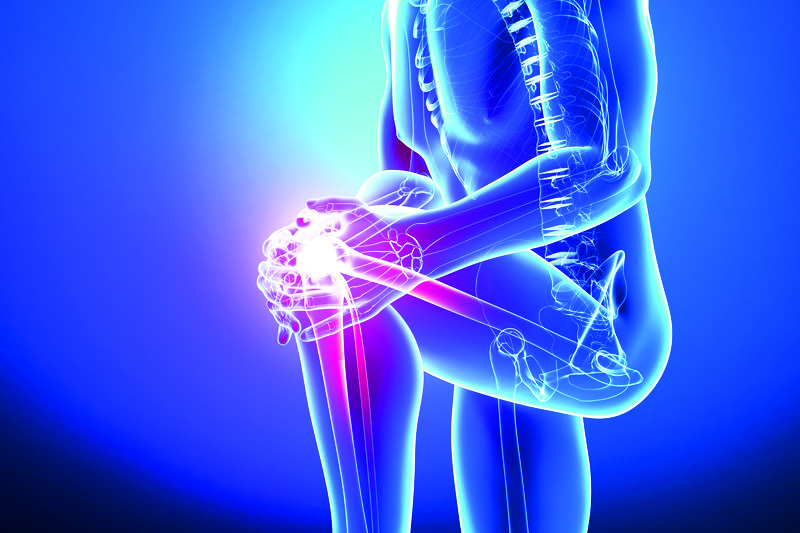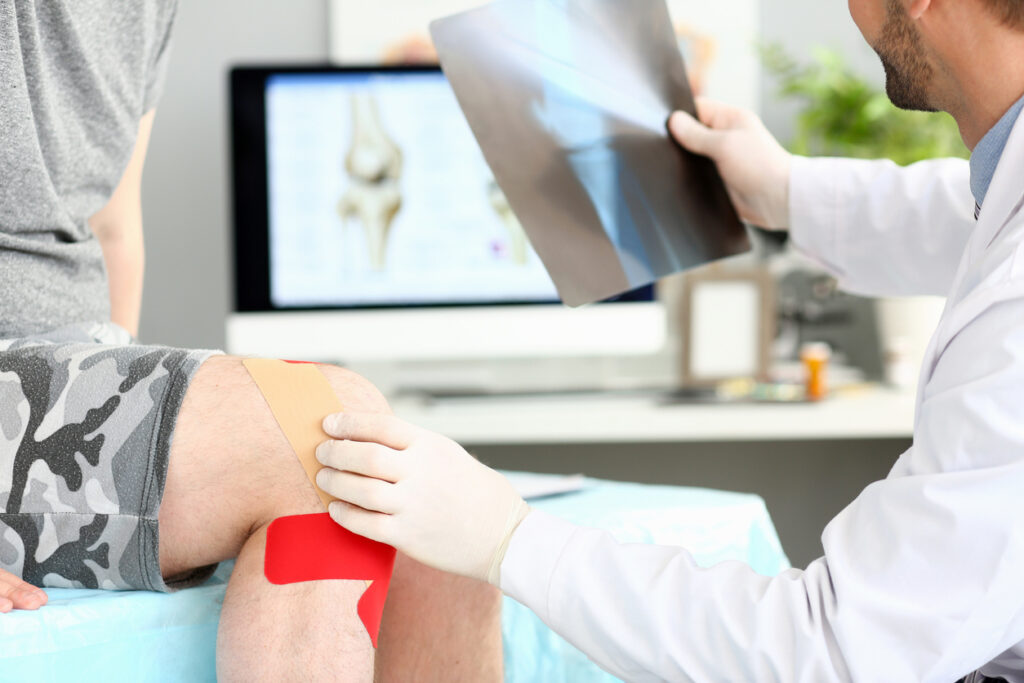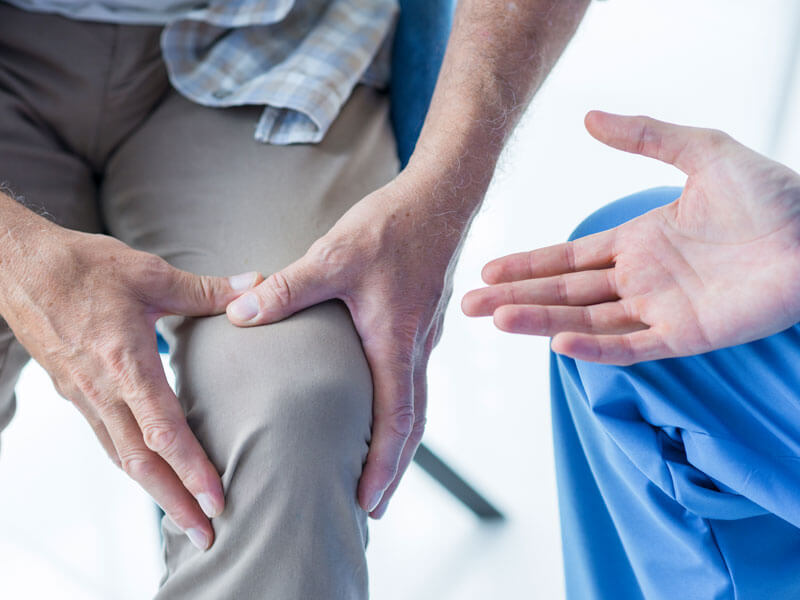What is Orthopeadic (Ortho) Physiotherapy

Orthopedic physiotherapy or physical therapy is a medical speciality that focuses on the correction of deformities or functional impairments of the skeletal system. The problems involve sprains, post-surgery, strains, post fracture and repetitive injuries. Orthopeadic physiotherapy aims to provide treatment for pain relief, joint problems, improve strength and flexibility and restore the lost function in the patient’s body.
This is the branch of physiotherapy concerned with the treatment of injuries or disorders of the skeletal system and associated muscles, joints and ligaments Orthopeadic Physiotherapy also includes pre and post operative rehabilitation of hip, shoulder and knee. Orthopaedic Physiotherapy is a scientific approach to treatment following Evidence Based Guidelines. Initially the physiotherapist will carry out a clinical assessment and this is followed by appropriate treatments. It is important to get to the source of the problem and prevent a re-occurrence.
The treatment goal of the orthopaedic physiotherapist is to provide pain relief, increase joint range, improve strength and flexibility and restore the patient to full function Orthopaedic Coons treated by us at the physio-company include:
Scoliosis | Osteo -Arthritis | Osteoporosis | Spondylolisthesis | Rheumatoid – Arthritis | Fracture Rehabilitation | Spondylolysis | Anklyosing Spondylitis | Ligament Strain, Sprain or tear | Inflammation of tendons or Bursa | Surgical Rehabilitation of Hip, Shoulder, Knee and Foot/Ankle.
How can an orthopedic physiotherapy help?

Exercise is a key factor in your recovery. It can feel like work, but it’s work with a purpose. Your physical therapist will guide you expertly through the healing process by giving your exercises your best effort. A therapist who specializes in muscular and skeletal conditions will be best prepared to help you. They will know how far to encourage you to go to get good results without causing you unnecessary discomfort or reinjury. There are five types of tools that may be used during your sessions.
• Therapeutic modalities
• Assistive devices
• Assessment and evaluation
• Mobilization and massage
• Exercise
Common conditions treated by Orthopedic Physiotherapists

• Pain (Neck pain, Shoulder pain, Elbow pain, Wrist pain, Hand pain, Back pain, Hip pain, Knee pain, Ankle pain, Calf pain, Shin pain, Heel pain, Muscle pain)
• Arthritis
• Spondylosis
• Slipped Disc
• Frozen Shoulder
• Tennis Elbow
• Sprain
• Strain
How can you get the best results from orthopedic physical therapy?

To get the most out of each physical therapy session, it’s important to. Work with a Physiotherapist you trust and feel comfortable with. One of the most important elements in your treatment is the trust you build with your therapist. Ask questions if you’re not sure about any part of your treatment plan. Set clear, realistic goals you can measure. Be honest about your pain tolerance. Follow through on your home exercise plan. If you aren’t sure how to do an exercise, or how often, make sure you discuss this with your physical therapist. Go to all of your appointments, even if you’re feeling better.
